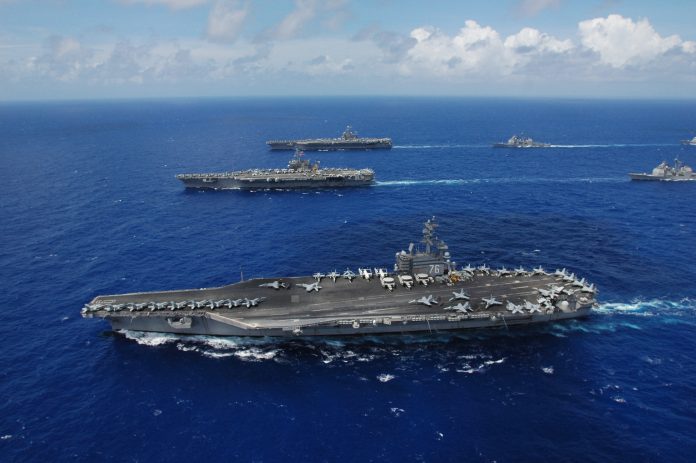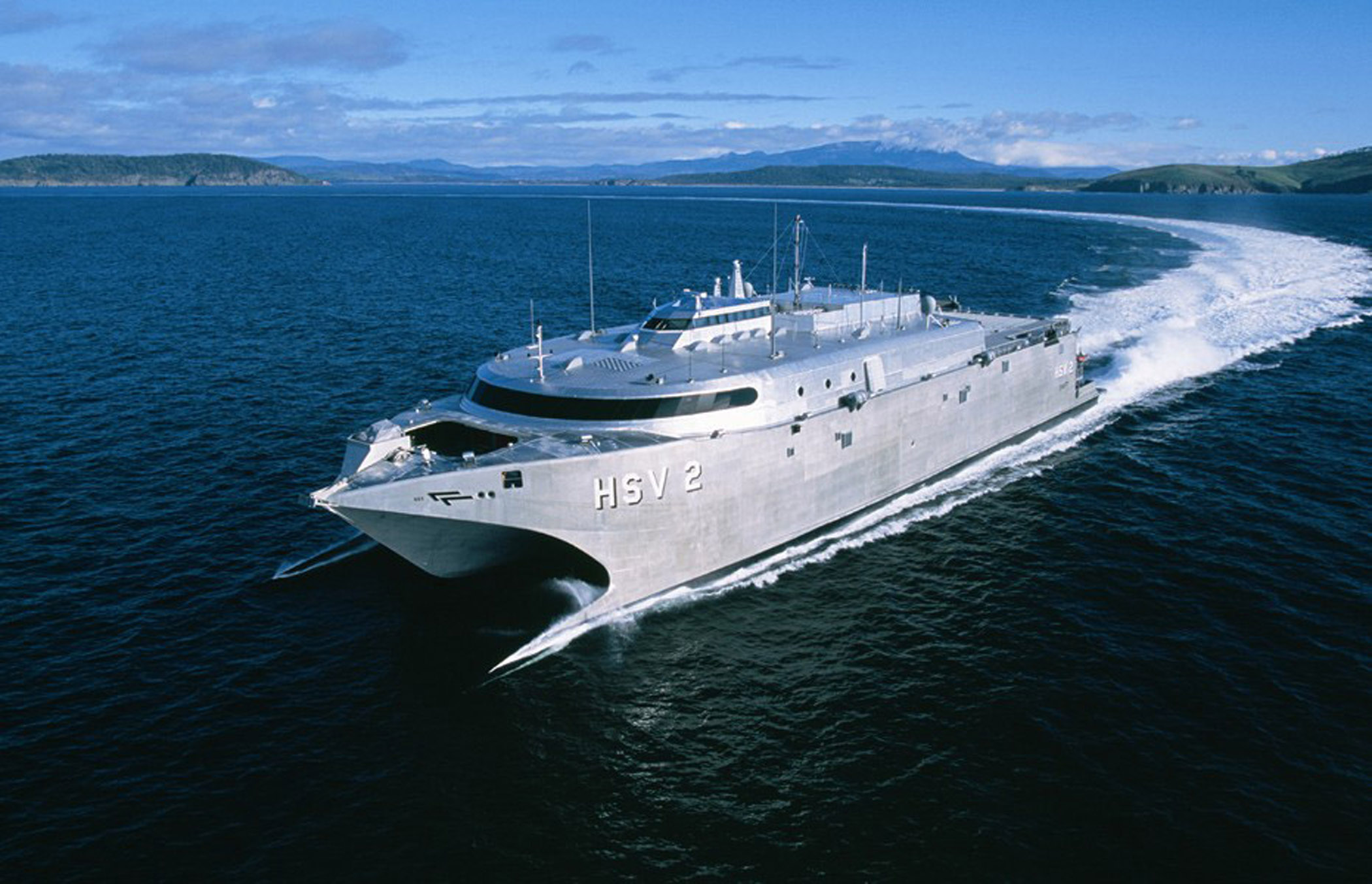
The United States Navy, having long held the aircraft carrier as the cornerstone of its maritime strategy since World War II.
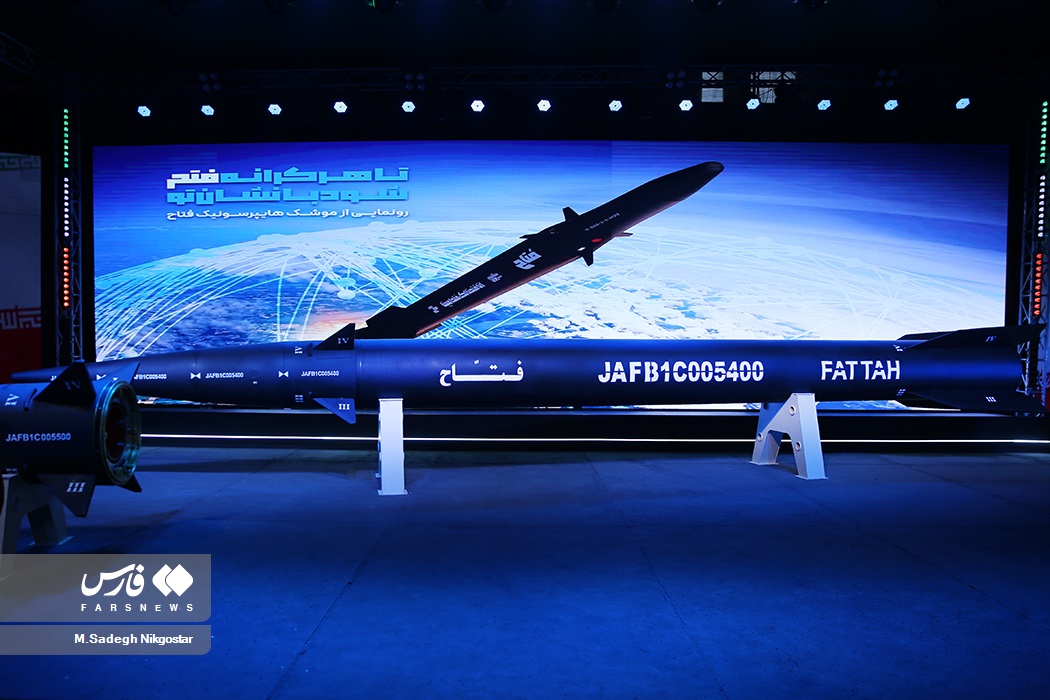
Facing a growing existential threat from an array of anti-ship weapons, particularly the hypersonic missiles and advanced anti-access/area-denial (A2/AD) systems developed by adversaries like Russia.
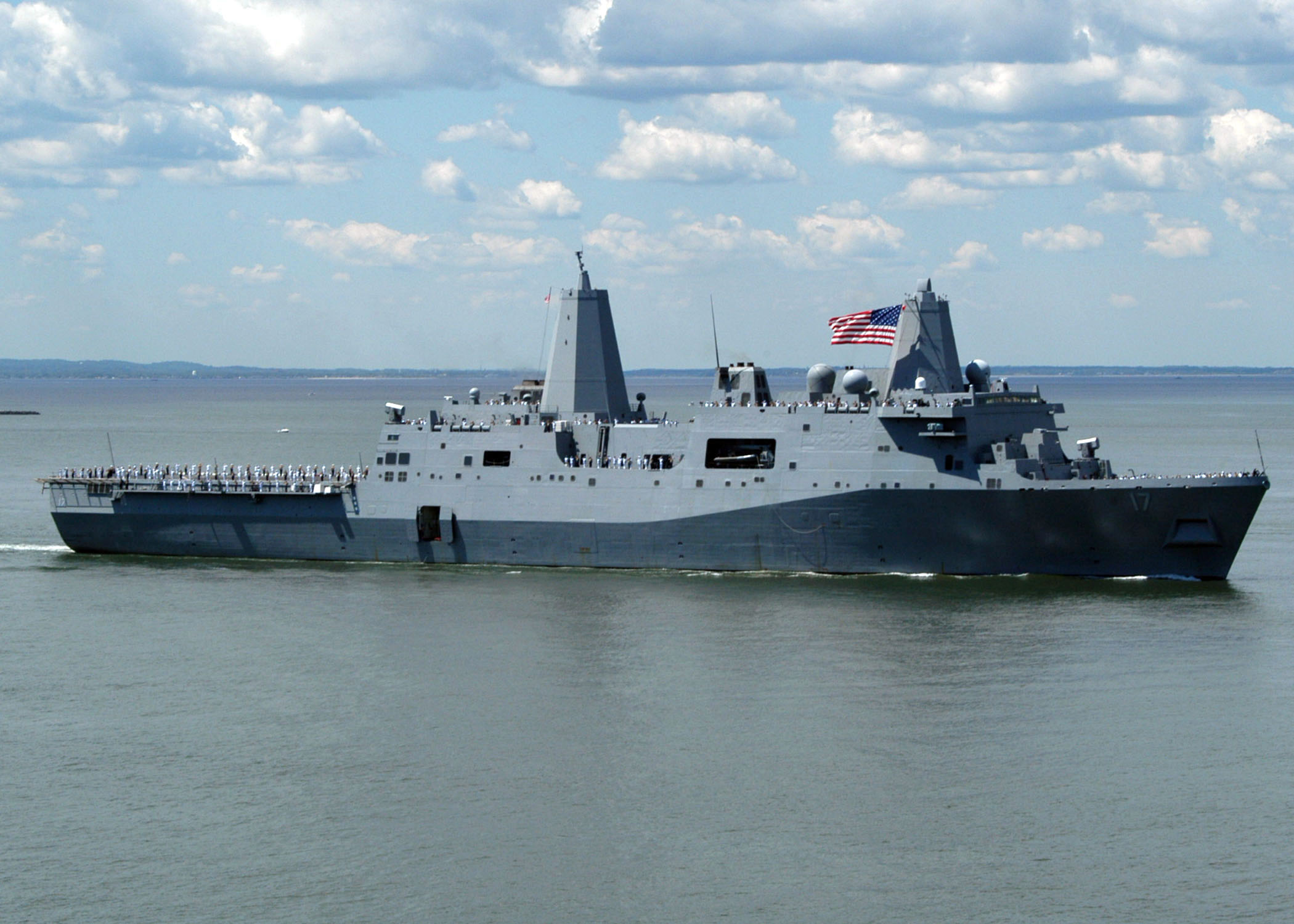
The vulnerability of these seafaring giants is not a question of engineering.
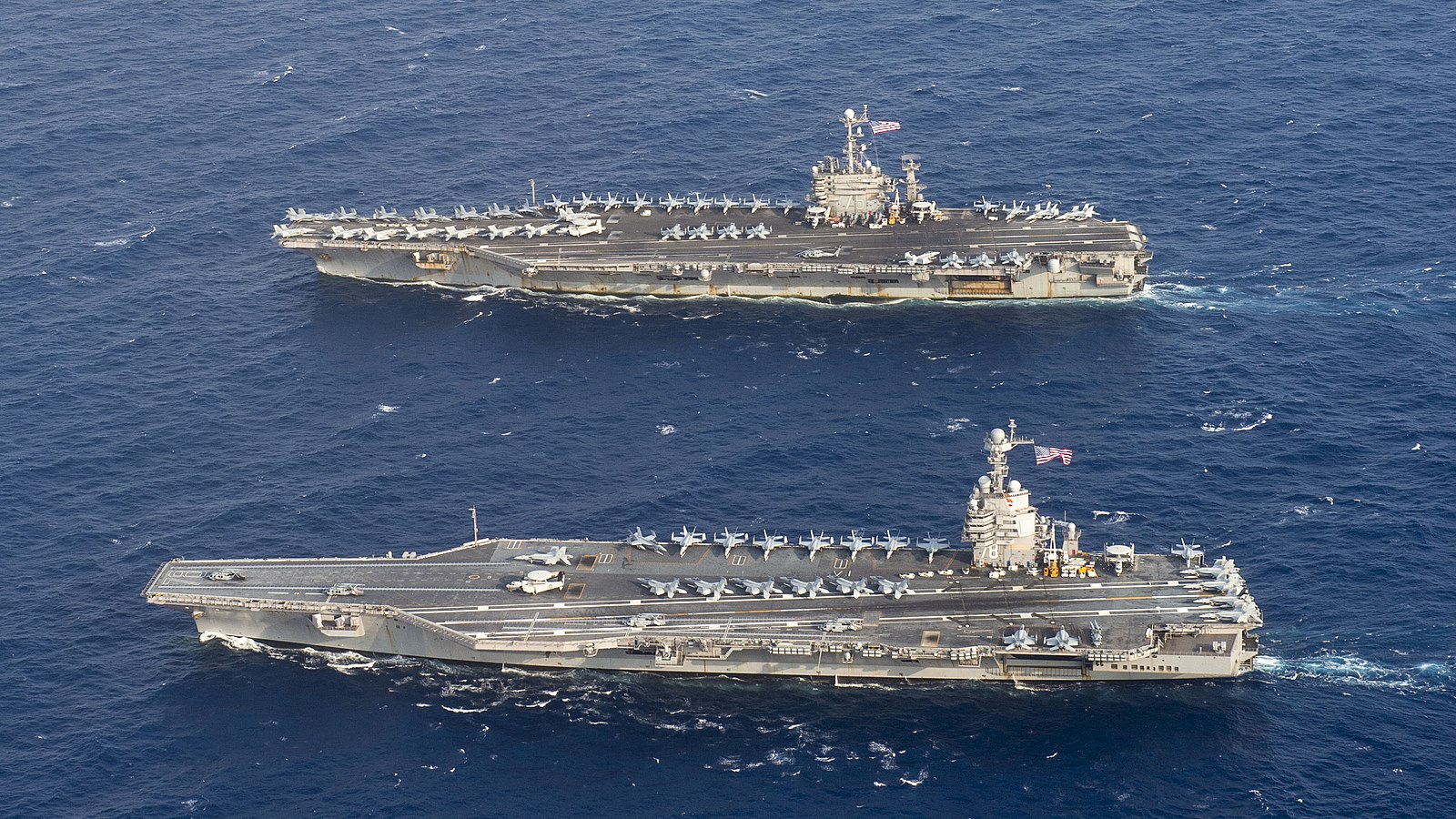
As exemplified by the USS Gerald R. Ford, carriers are marvels of naval architecture.

Appearing narrow and knife-like above the water, the carrier’s hull design actually extends to a wide, flat base below the waterline, minimizing drag and increasing stability.
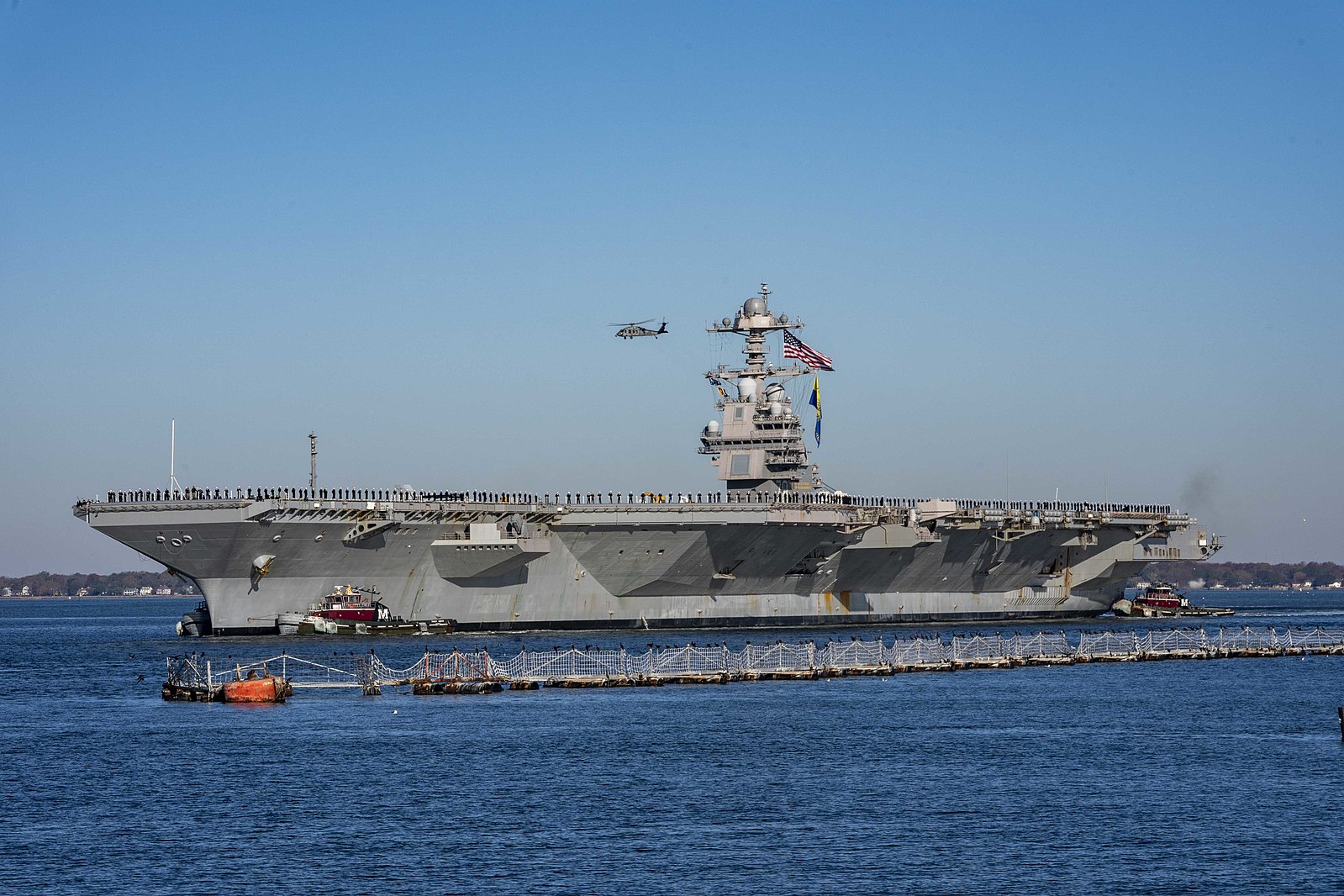
With stability engineered through strategic placement of the center of buoyancy and gravity, along with a hull design that ensures they are among the most stable platforms on the ocean.

These design marvels are meant to counteract the ship’s massive size and weight, preventing them from easily tipping over despite their top-heavy appearance and gargantuan dimensions.

The U.S. Navy’s newest supercarrier, the USS Gerald R. Ford, is more than 1,000 feet long and rises 250 feet above the water, a perfect example of how powerful these ships are designed to be.
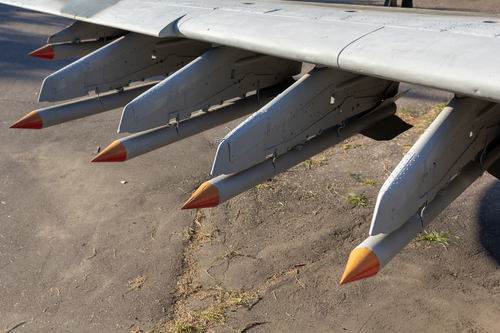
However, the true nightmare scenario for the U.S. Navy isn’t about buoyancy or stability; it is about survivability amidst a barrage of missiles that are designed to overwhelm and penetrate even the most sophisticated defense systems.
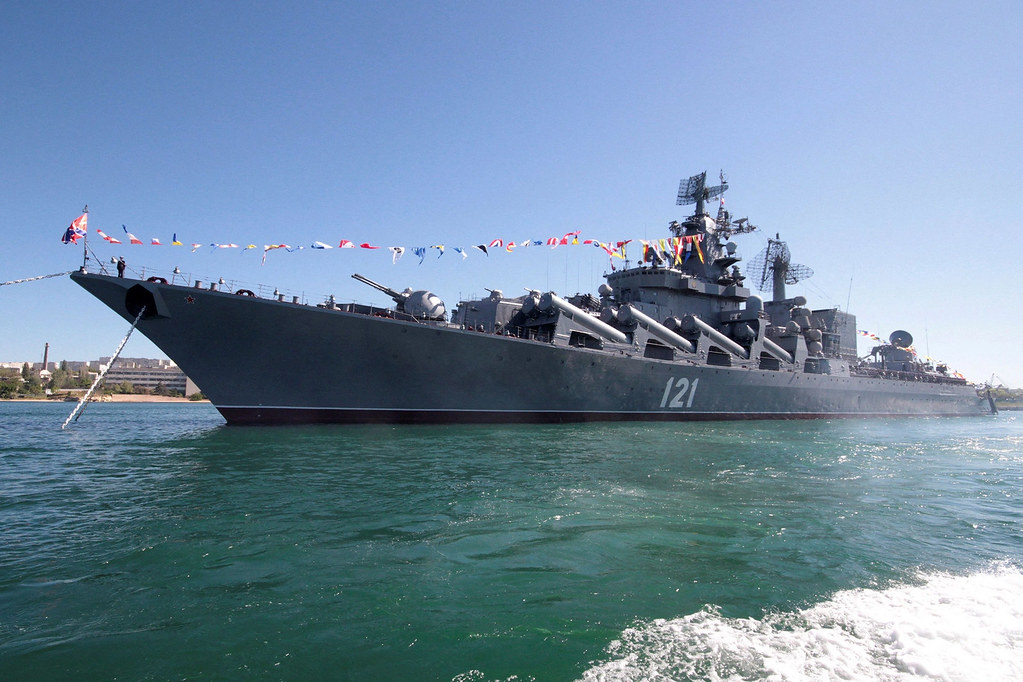
With countries like Russia developing A2/AD systems that can launch a multitude of hypersonic weapons.
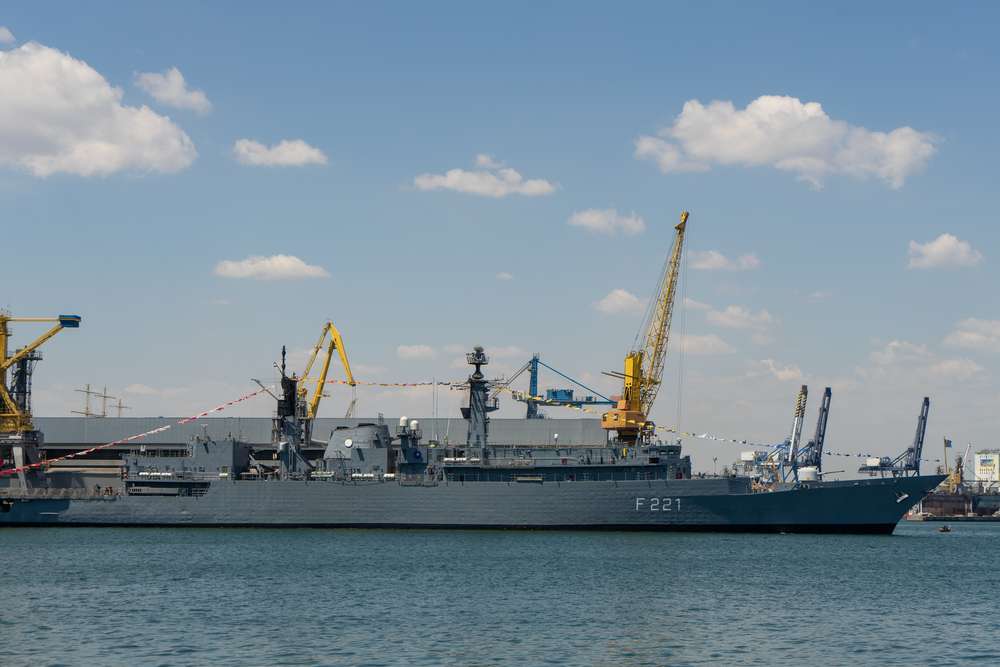
All modern warships are made of steel, a material that does not float.
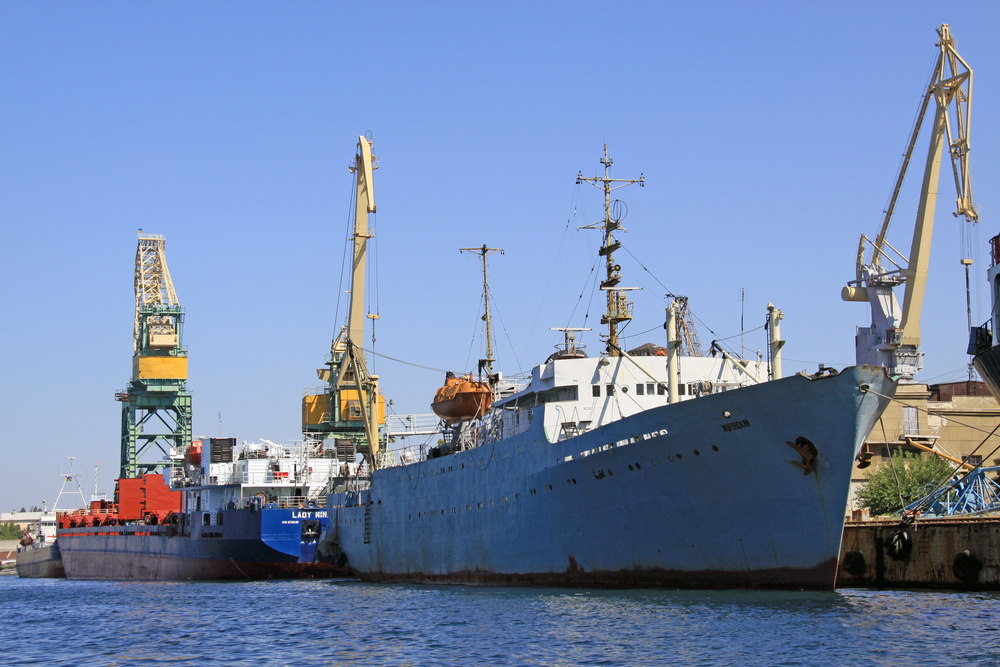
Without countermeasures, multiple precision shots with .50 caliber armor-piercing rounds below the waterline could theoretically even lead to the eventual sinking of a modern aircraft carrier.
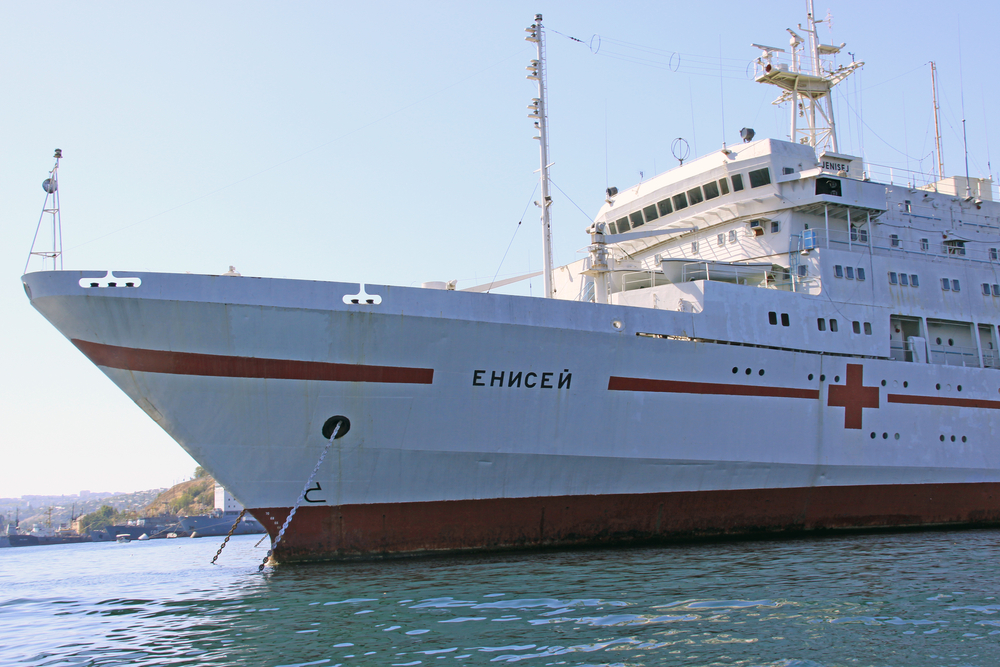
But it’s not as simple as just punching a hole in the ship.
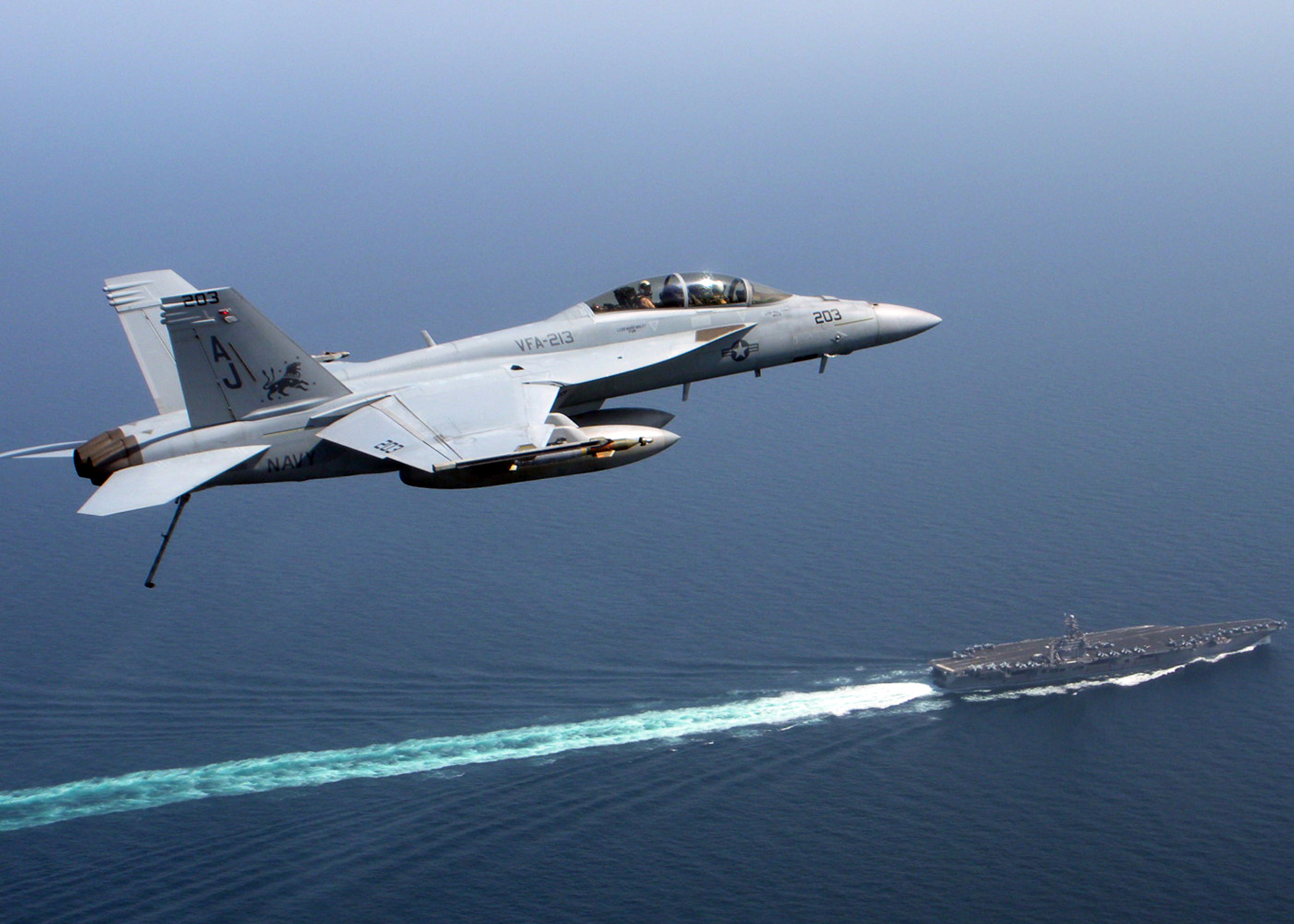
Experts are calling for a radical shift in naval strategy, advocating for the move towards long-range warfare that includes the development of offensive drones.
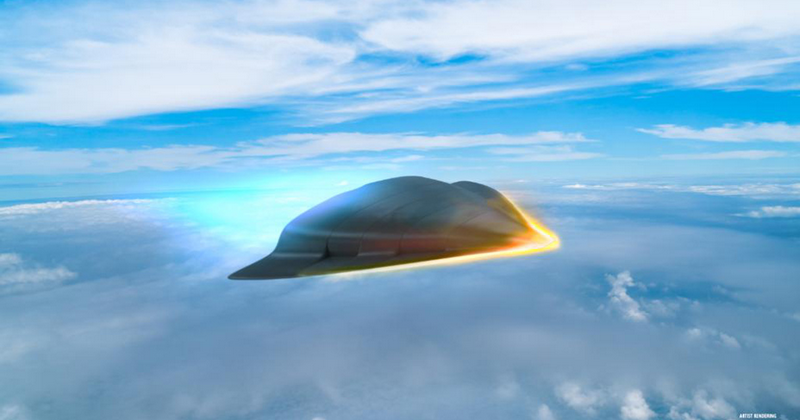
Enhanced submarine capabilities, and U.S. hypersonic weapons to bypass the A2/AD defenses of potential adversaries.
Relevant articles:
– The Navy’s Aircraft Carrier Nightmare Is Very Real and Unsolvable, The National Interest
– Question: Can a Navy Aircraft Carrier Tip Over at Sea?, nationalinterest.org
– The U.S. Navy’s Aircraft Carrier Nightmare Is Unfixable, The National Interest
– China’s Aircraft Carrier Killer Missiles: Does the U.S. Navy Have a Plan to Stop Them?, 19FortyFive
